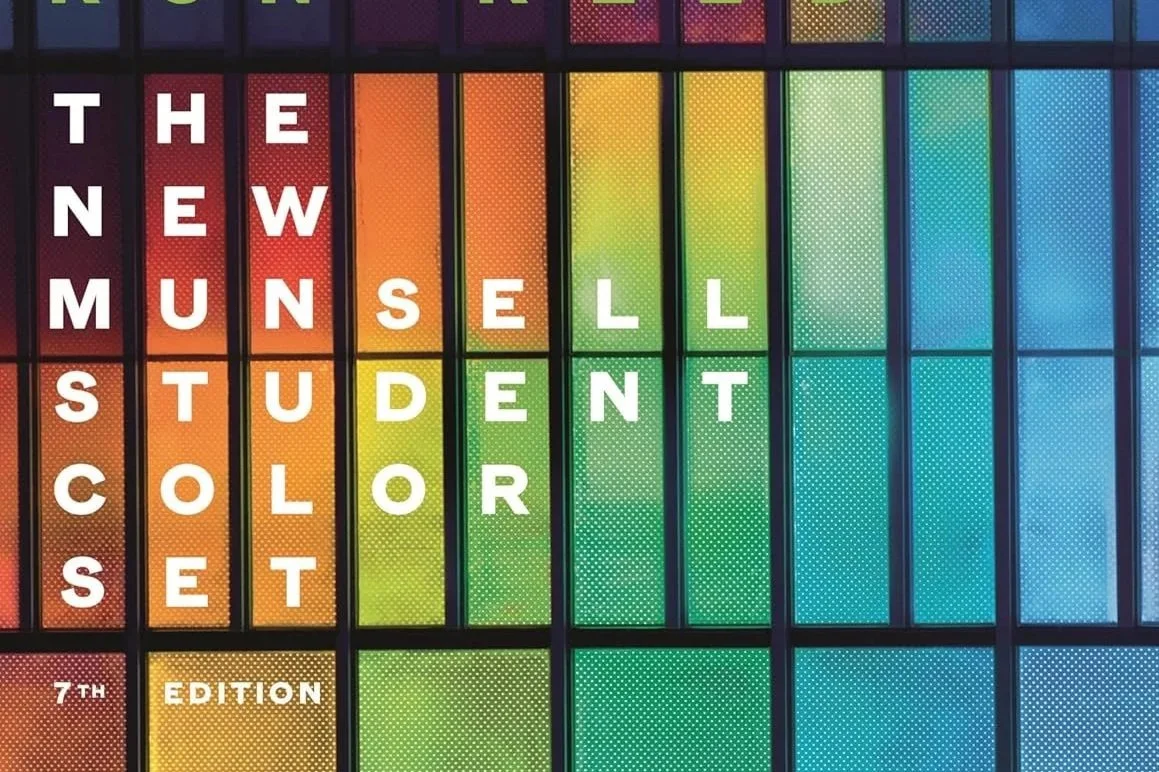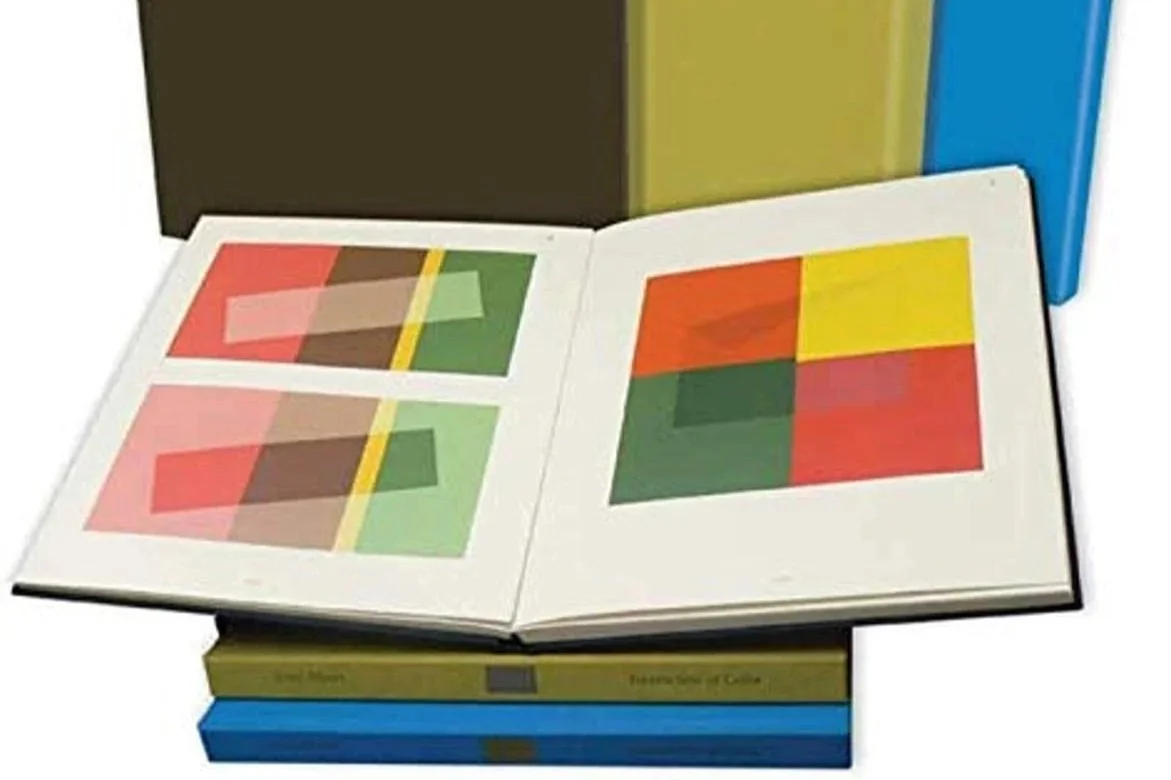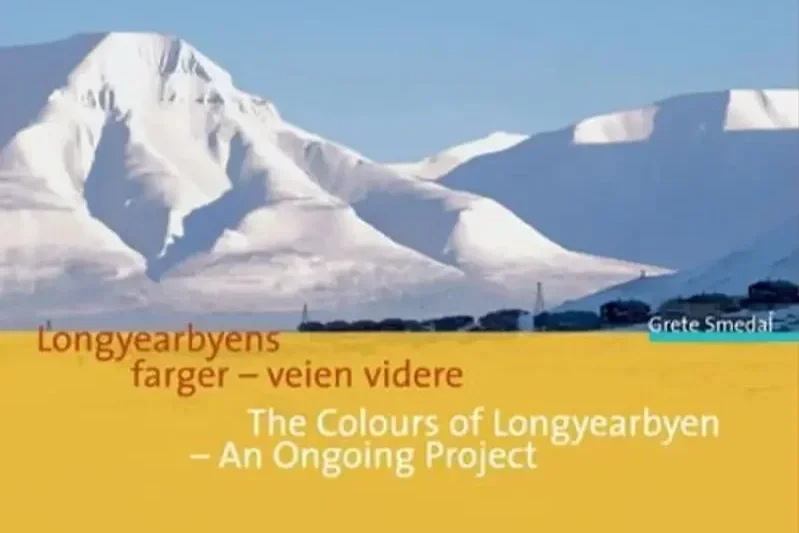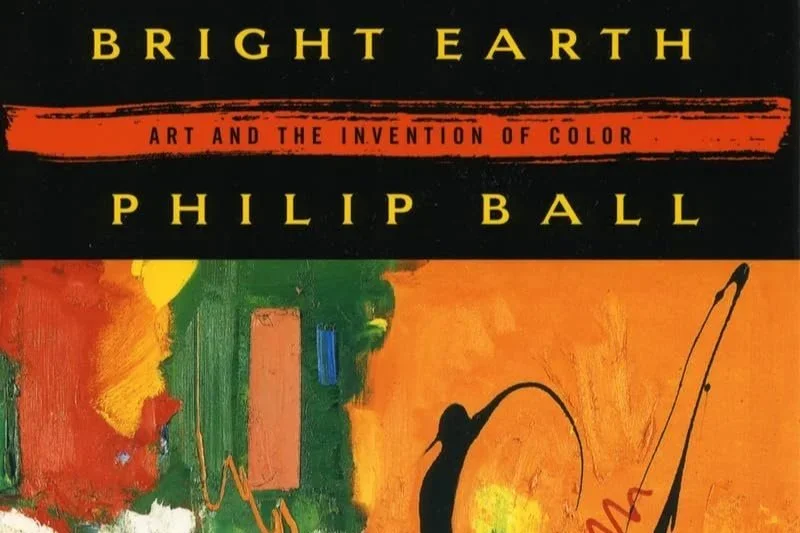Colour literacy in the classroom
These books contain information and approaches for bringing an expanded view of colour into your classroom – from foundational to post-secondary levels.
Arts & Design
Reed. R., 2024. The New Munsell Student Color Set (Seventh Edition). UK: Bloomsbury Publishing.
-
The New Munsell Student Color Set (Seventh Edition). Bloomsbury Publishing.
A complete learning package that offers opportunities for experimenting with color effects using paint, paper, and computers. A full-color interactive and experimental guidebook for understanding color in all its dimensions, it includes 11 Munsell color charts, 18 interactive charts, 13 hue families of perforated color chips, and a textbook, all designed to facilitate hands-on learning of color's aspects and effects. The text provides a complete study of color use and color science, including extended discussion of visual perception, optical effects, and practical application of color phenomena in fine and applied art practices
Albers, J. 2009, Interaction of Color: New Complete Edition. USA: Yale University Press.
-
Josef Albers’s masterwork, Interaction of Color, is one of the most influential books on color ever published. Originally issued in 1963 as a limited-edition set of commentary and 150 silkscreened color plates, the book introduced generations of students, artists, designers, and collectors to Albers’s unique approach to complex principles.
This edition replicates Albers’s revolutionary exercises, explaining concepts such as color relativity and vibrating and vanishing boundaries through the use of color, shape, die-cut forms, and movable flaps that illustrate his astonishing demonstrations of the changing and relative nature of color.If this edition is too expensive for your budget, pocket editions are also available. A must for all students of colour. All middle school and secondary school teachers should read it and put it to practice in the classroom in some form or other. Can be studied to post-grad university level and beyond.
Albers, J. To Open Eyes. Re-issued: Danilowitz. B. & Horowitz. F. 2009. London/New York: Phaidon Press.
-
Observation and experimentation are two essential pillars of the art and teaching of Josef Albers, along with a remarkable openness to the wonders of vision. Arguably the most influential color theorist and art teacher of the twentieth century, Albers impact on art education was immense, fundamentally shaping the way basic design was taught in the decades after WWII. To Open Eyes paints a nuanced portrait of Albers from his formative years in Germany as a student-turned-Master at the Bauhaus to his innovative, modernist legacy.
Smedal, G. 2009, The Colours of Longyearbyen – An Ongoing Project. Norway: Eget Forlag.
-
This book documents a remarkable project where a single designer had responsibility for developing a colour scheme for an entire town. Longyearbyen is a mining town in the Spitsbergen archipelago half way between the northern tip of Norway and the North Pole. The book shows the stark but spectacular mountain landscape around the town and the buildings before and after they were painted according to Smedal’s scheme. Smedal also explains how she tackled the project, her reasons for choosing the colours she did, and how she used the NCS colour system as a design tool.
If the book proves difficult to find, the project is documented elsewhere on the web.
Lenclos, J.P. and Lenclos, D. 2004. Colors of the World: A Geography of Color. New York: W.W. Norton & Co.
-
This is a very beautiful and inspirational book which illustrates the methods developed by Lenclos for documenting the colours that contribute to the sense of place in different parts of the world. Lenclos’s approach has been very influential and his methods widely used.
Austin, S. 1998. Color in Garden Design. Newtown, CT: The Taunton Press.
-
Excellent visual communication using easy to understand graphics and beautiful photographs makes this both an informative and enjoyable read for those generally interested in color. Uses the Munsell system to great effect in explaining variations in color. Takes the traditional color theory concepts to a whole new level by including the effects of nuance, texture, form, and time. Even though it is written and illustrated for gardeners, it is recommended for the ‘color curious’ as a practical way to start seeing color more clearly and to appreciate colour in the landscape.
Sciences
Ball, P. K. 2001. Bright Earth, Art & the Invention of Color. Chicago: The University of Chicago Press.
-
What does chemistry have to do with what we see? Color’s material relationship to natural pigments is profound and elemental. If you ever wondered why the colors in your paint box look and act the way they do, Bright Earth is for you. Philip Ball takes us on a fascinating tour behind the scenes to learn about the dynamic historical collaborations between chemists, artists, and designers that give rise to new colors.
Hard to find or out of print/ Used copies available
Osborne, R. 2004. Color Influencing Form. London: Thylesius Books.
-
Roy Osborne is a highly regarded artist, educator and author, awarded the Turner Medal in 2003 by the Colour Group (Great Britain) and the CADE Award (Colour in Art, Design and Environment) by the International Colour Association in 2019. Color Influencing Form is a compact, inexpensive, but authoritative coursebook for the study of colour in art and design. Chapters are concise but clear.











